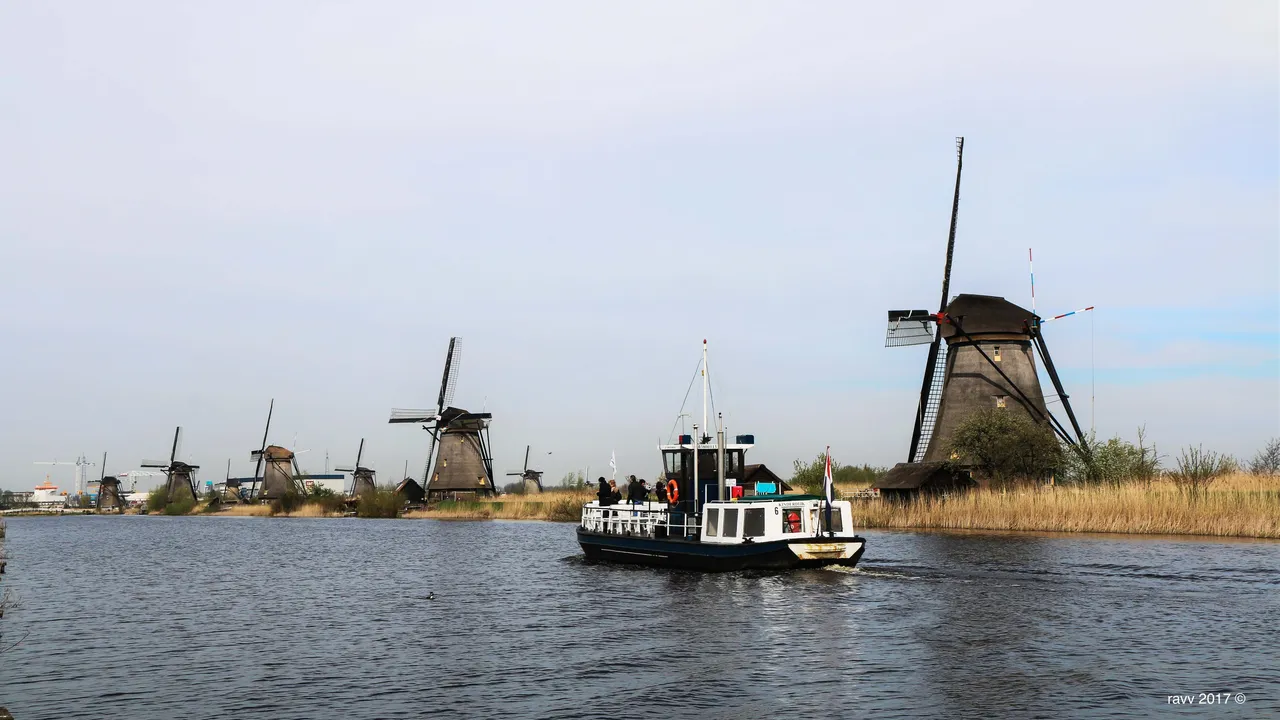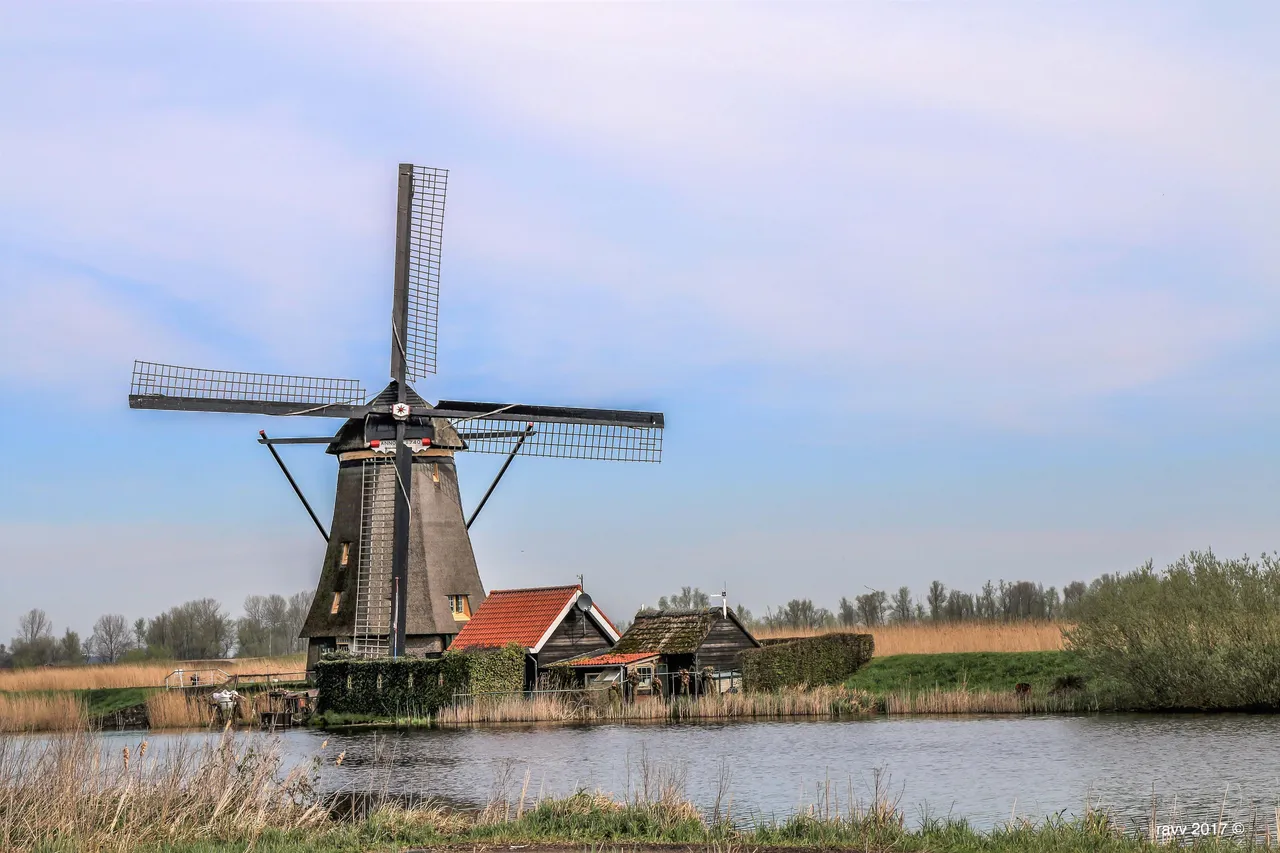
Rotterdam: the city of history and architecture
Most tourists would first think of Amsterdam when planning a visit to The Netherlands. The two have become synonymous, that other cities are almost forgotten as attractive tourist destinations. To break the conventional norm, we chose to first visit Rotterdam before the capital city.
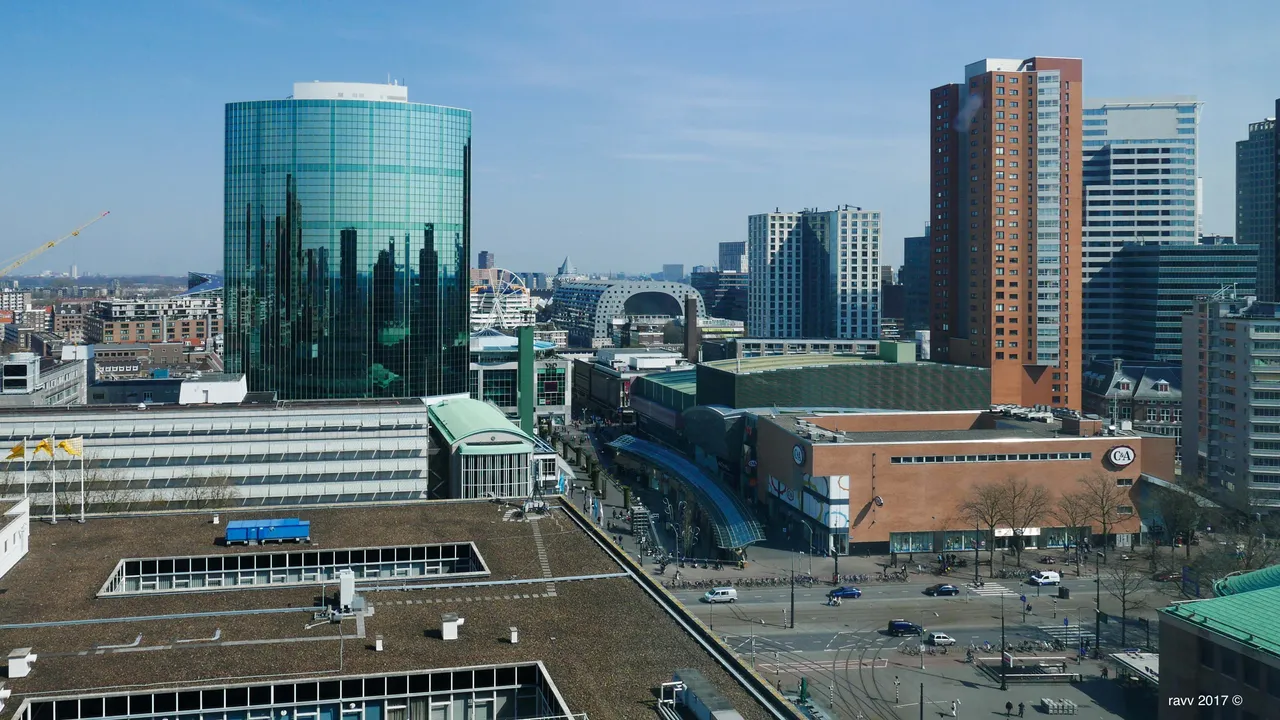
Located in the South, Rotterdam is the second-largest city in terms of population in The Netherlands, following Amsterdam. The name Rotterdam is a combination of the word Rotte, the name of a river in the Rhine-Maas-delta, and the word dam, which refers to the dam that was constructed in the Rotte river.
As of today, Rotterdam is Europe’s largest port and is an established logistic and economic center.
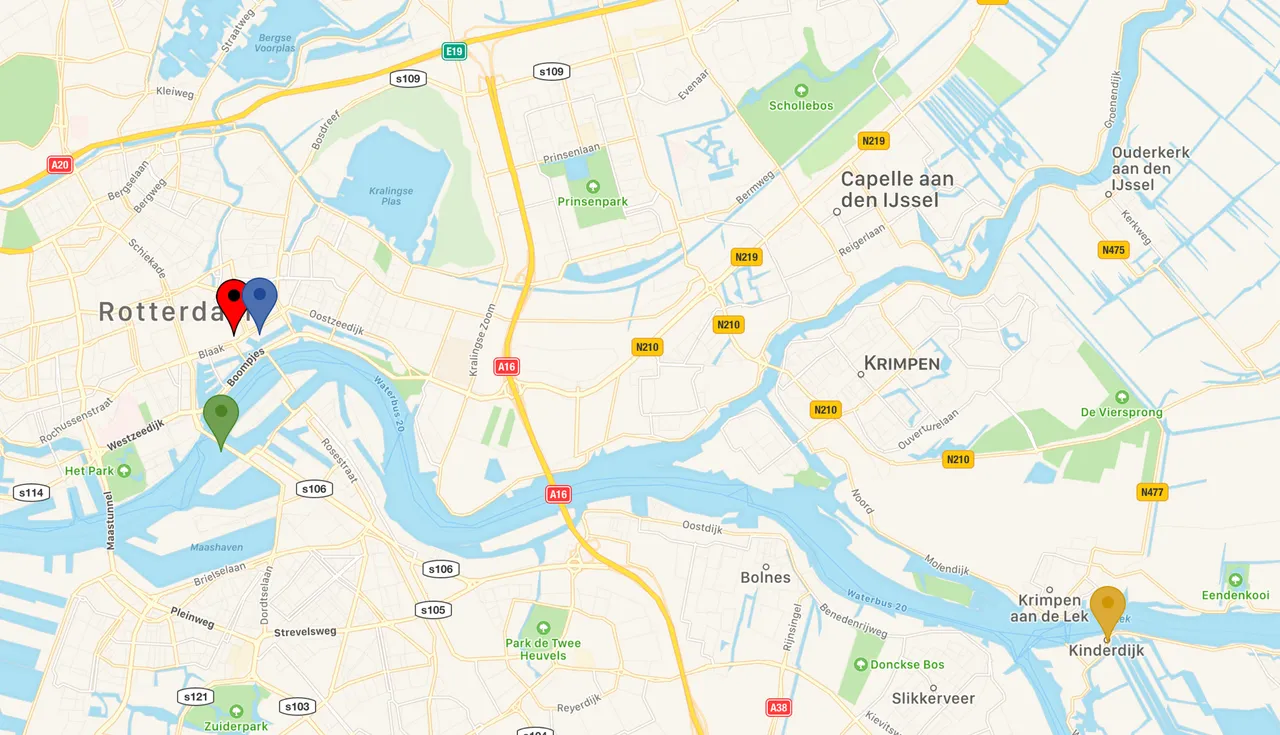
During our short time in Rotterdam (2 days), we visited 4 attractions:
De Markthal (red pin), Kubuswoningen (blue pin), Eramusburg (green pin) and Kinderdijk Windmill (yellow pin).
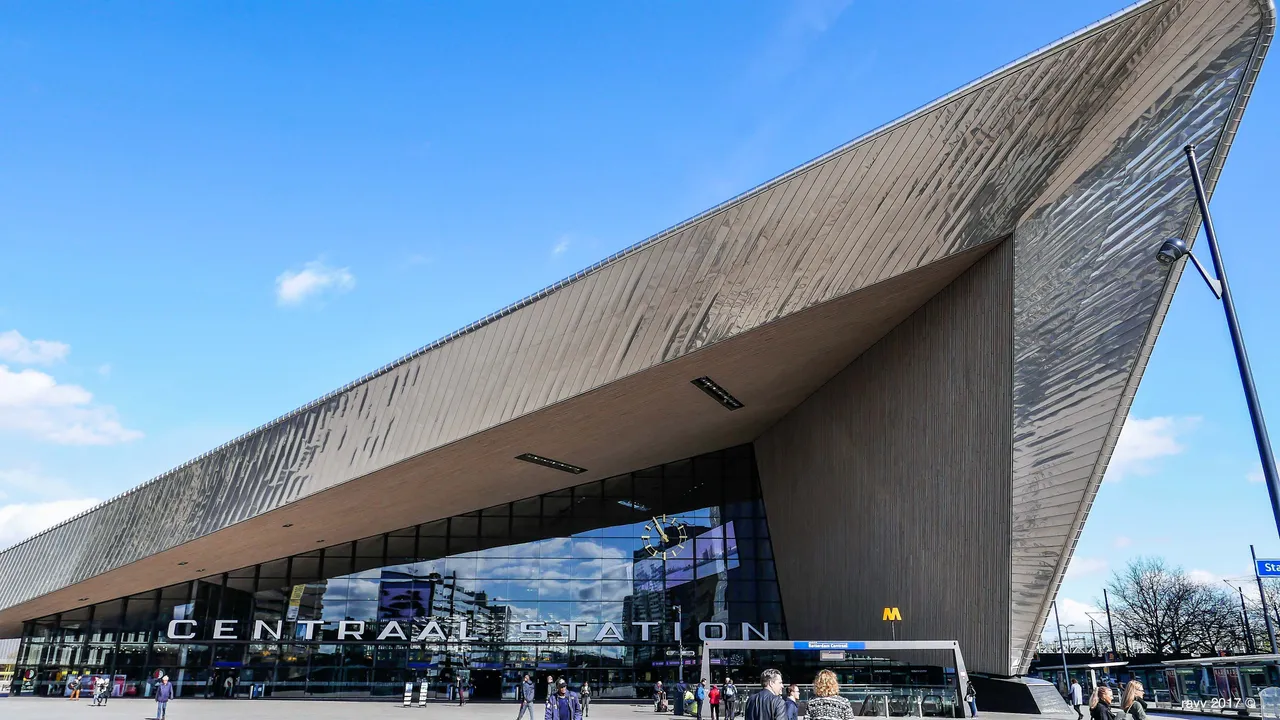
The spectacular architecture of Rotterdam is easily spotted throughout the city.
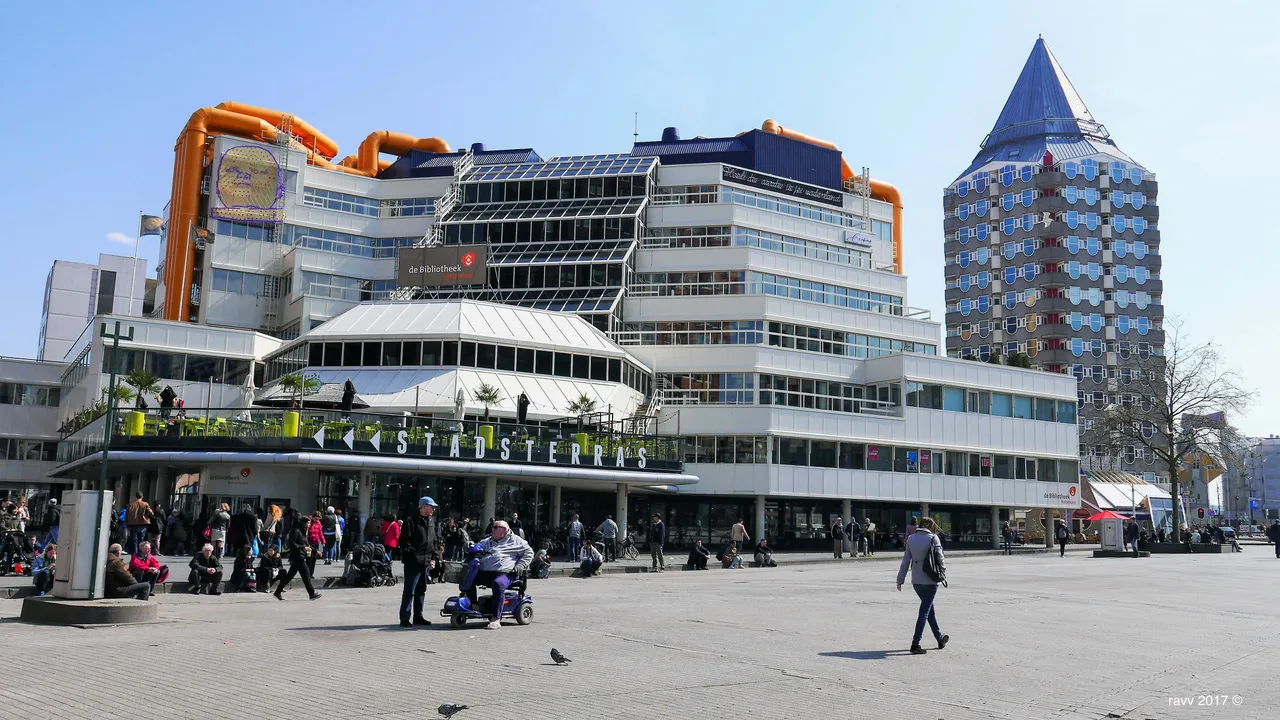

After we checked in at the hotel which was located in the center of the city, we decided to walk around and explore the city area. From afar, we saw what looked like a giant arch building made of a huge glass panel. It was unclear to us what this building was, until we were up close and inside.
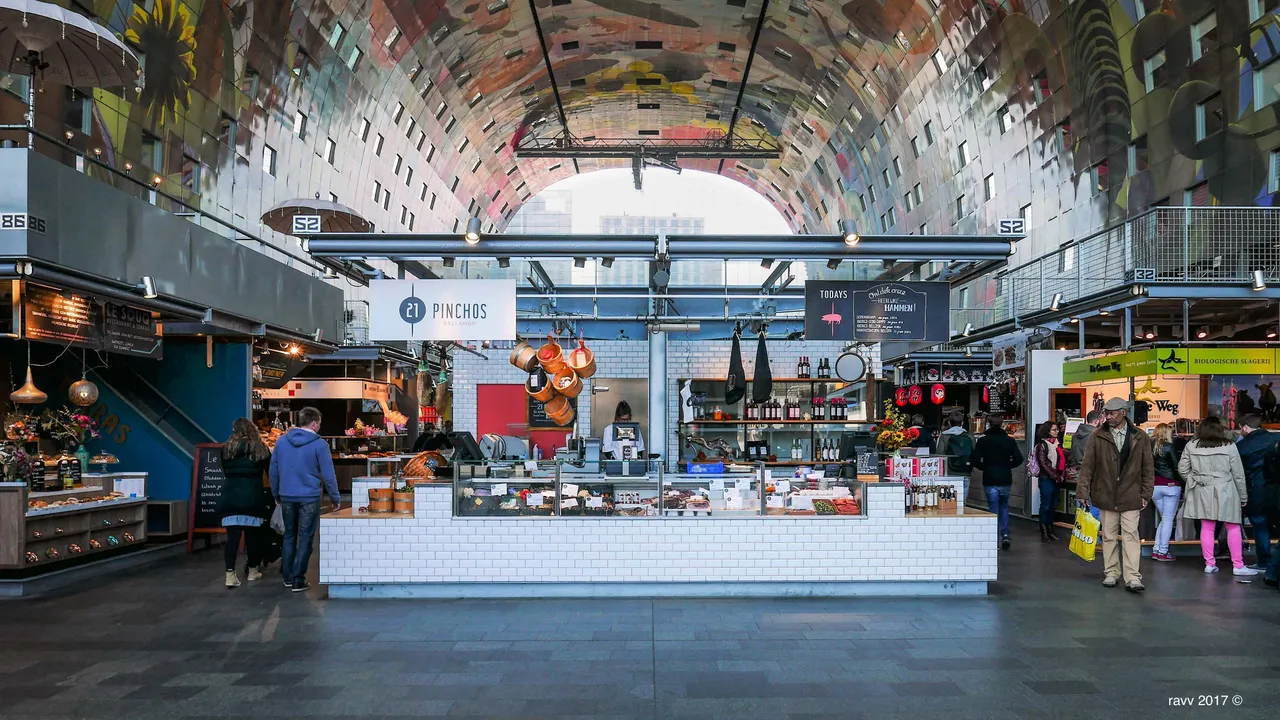
The building is known as De Markthal, which translate to The Market Hall. De Markthal is the first covered market in the whole of The Netherlands. The unique architecture combines restaurants, food, and housing in an iconic layout. The idea behind De Markthal was to meet the stricter requirements on selling produce in open air.
De Markthal looked spectacular from the outside, but the inside caught us by surprise. There were many restaurants and shops selling diverse kinds of food and ingredients from cheeses, olives, to spices. Not only was the exterior a piece of art, the ceiling was decorated with vibrant art work by Arno Coenen. It is the biggest work of art covering over 11,000 m2.
It is known as the Horn of Plenty.

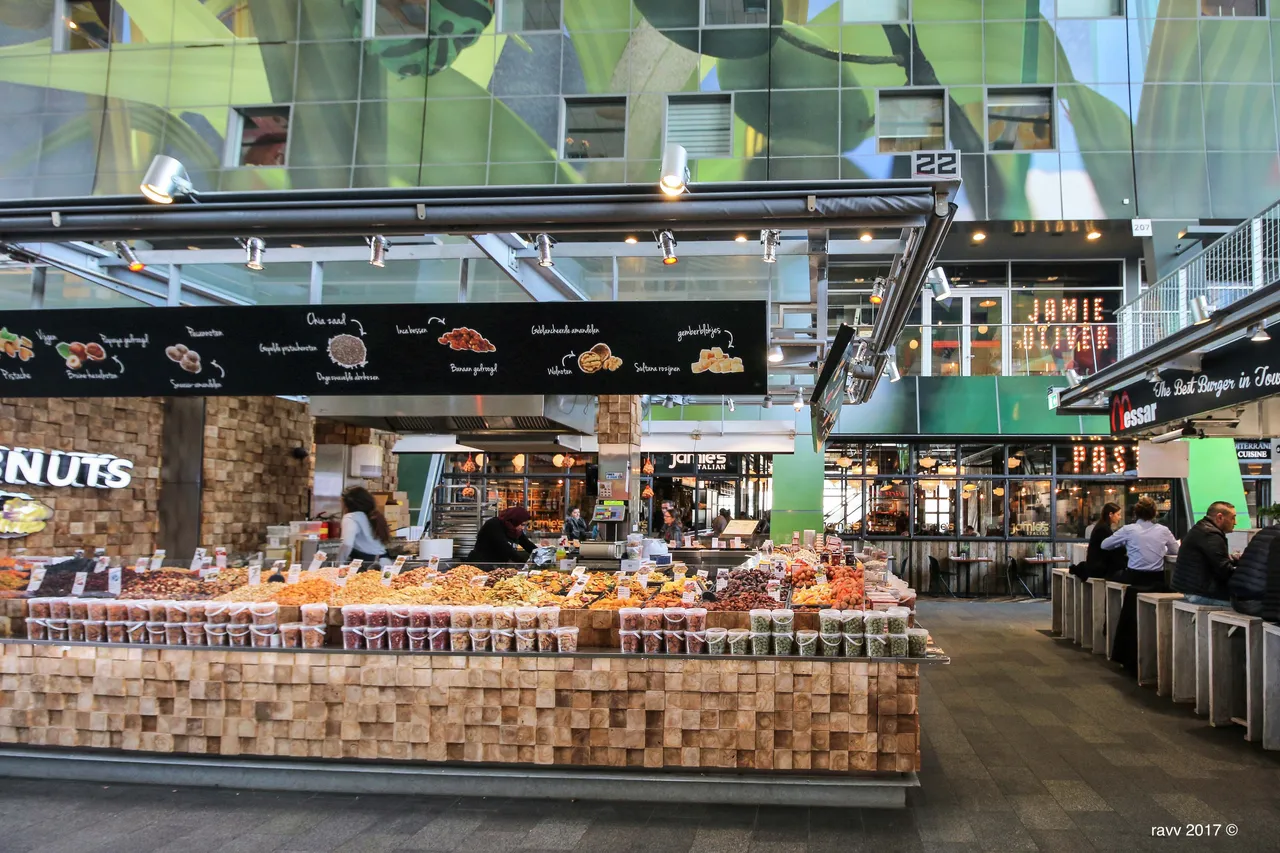
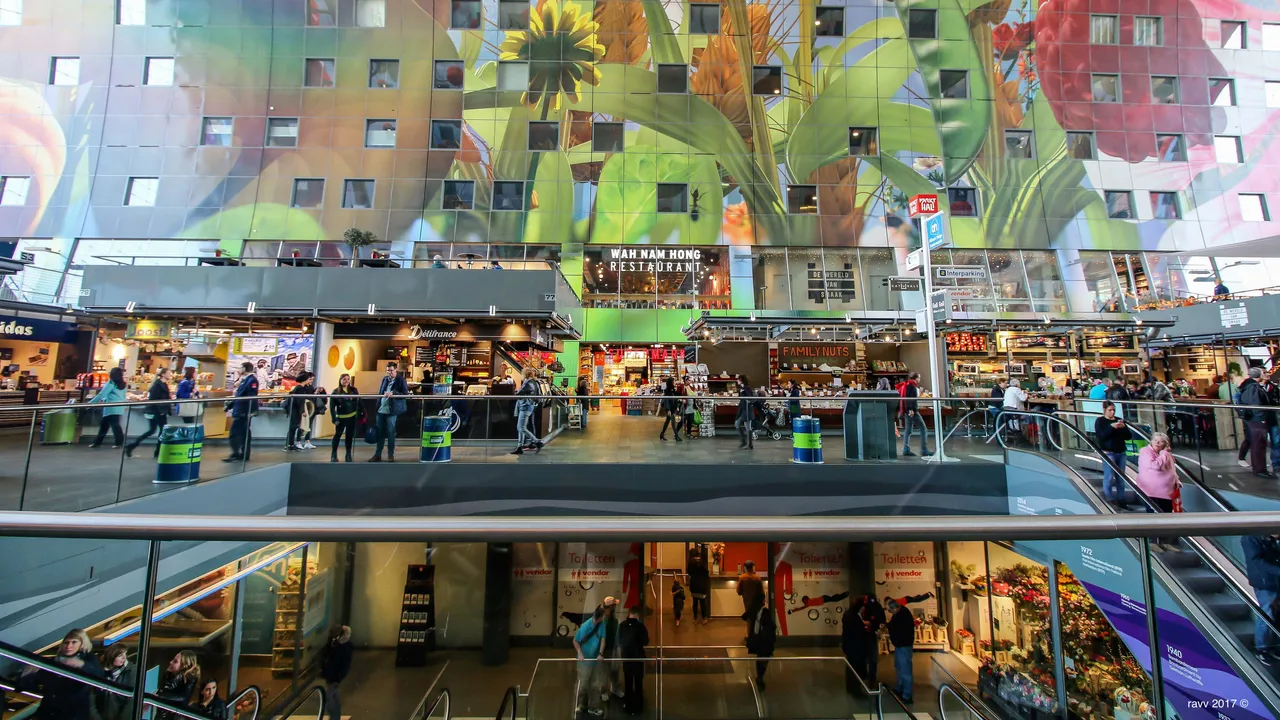
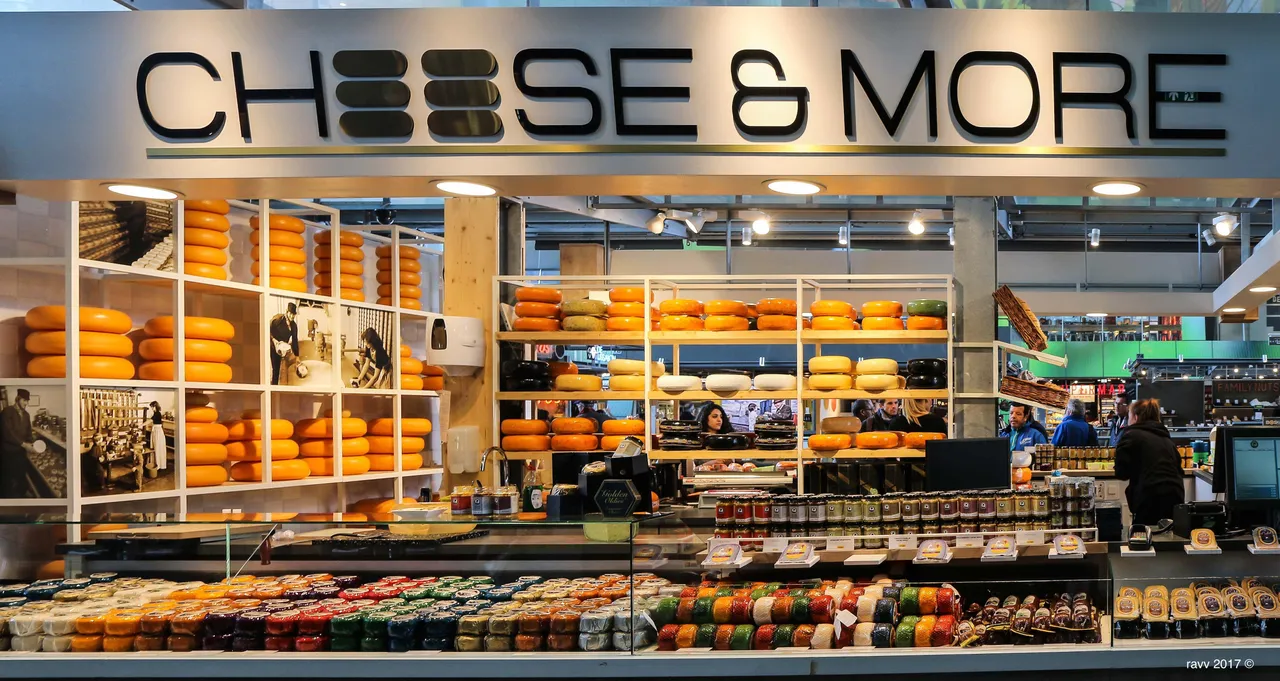
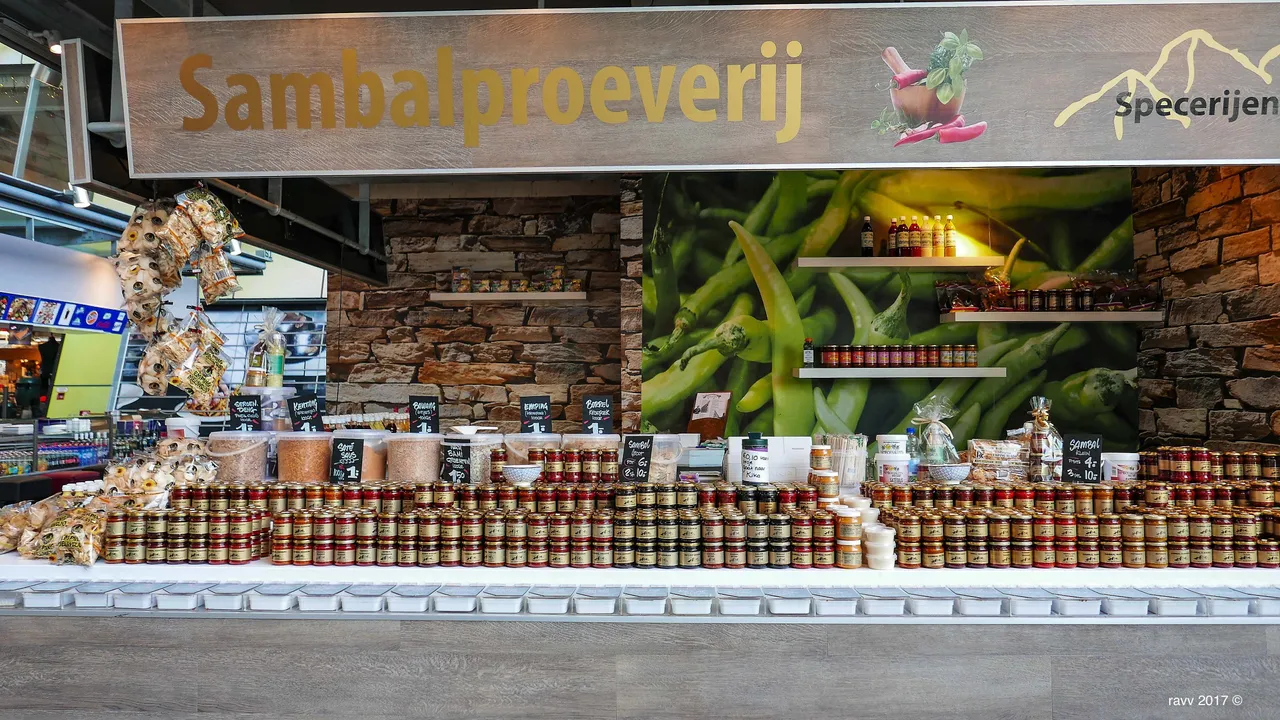
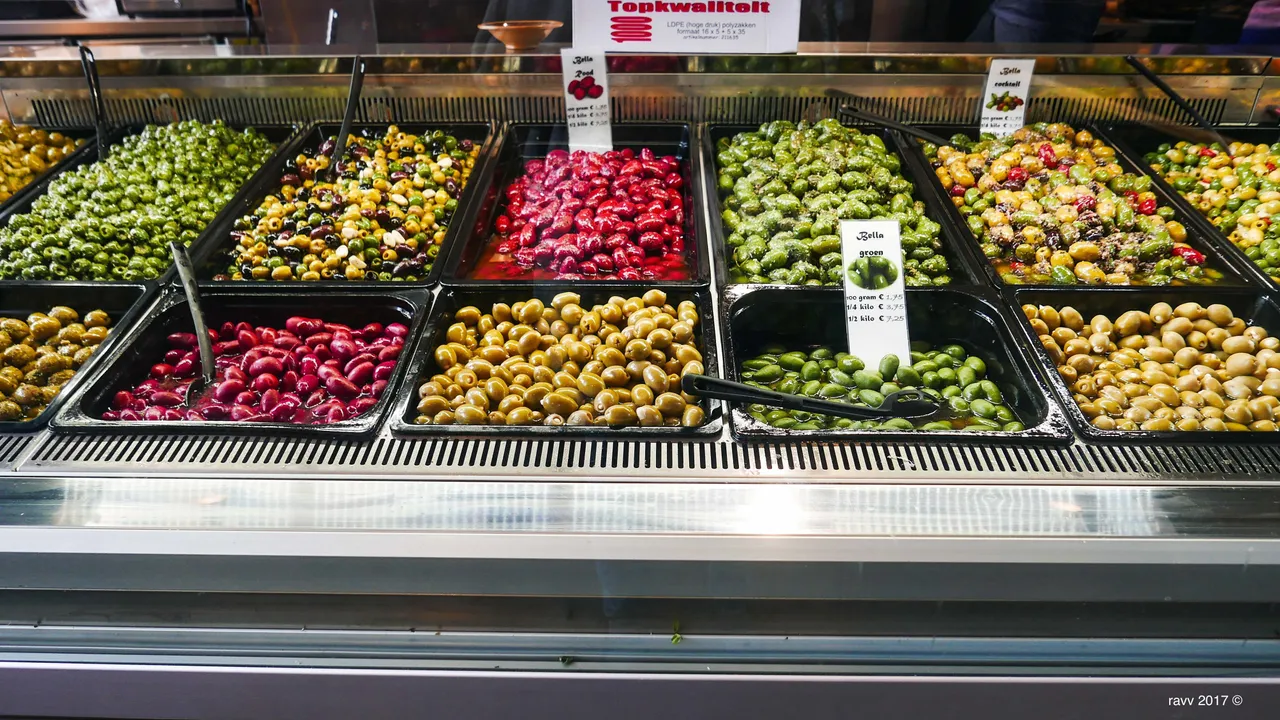
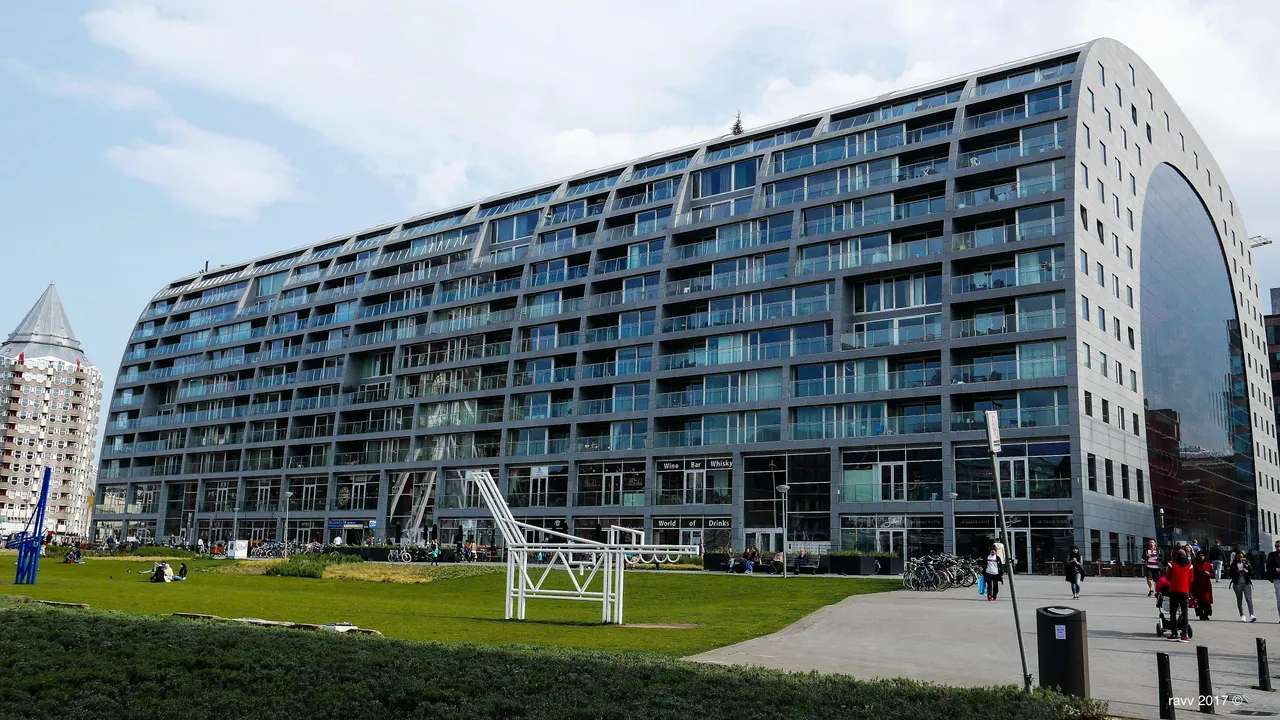
We spent a couple of hours looking at the shops in the Markthal and also had some Italian food there.
As we left De Markthal, we noticed another unique architectural structure just opposite of it. The building took a shape of multiple cubes connected to each other and is known as Kubuswoningen or Cube House.
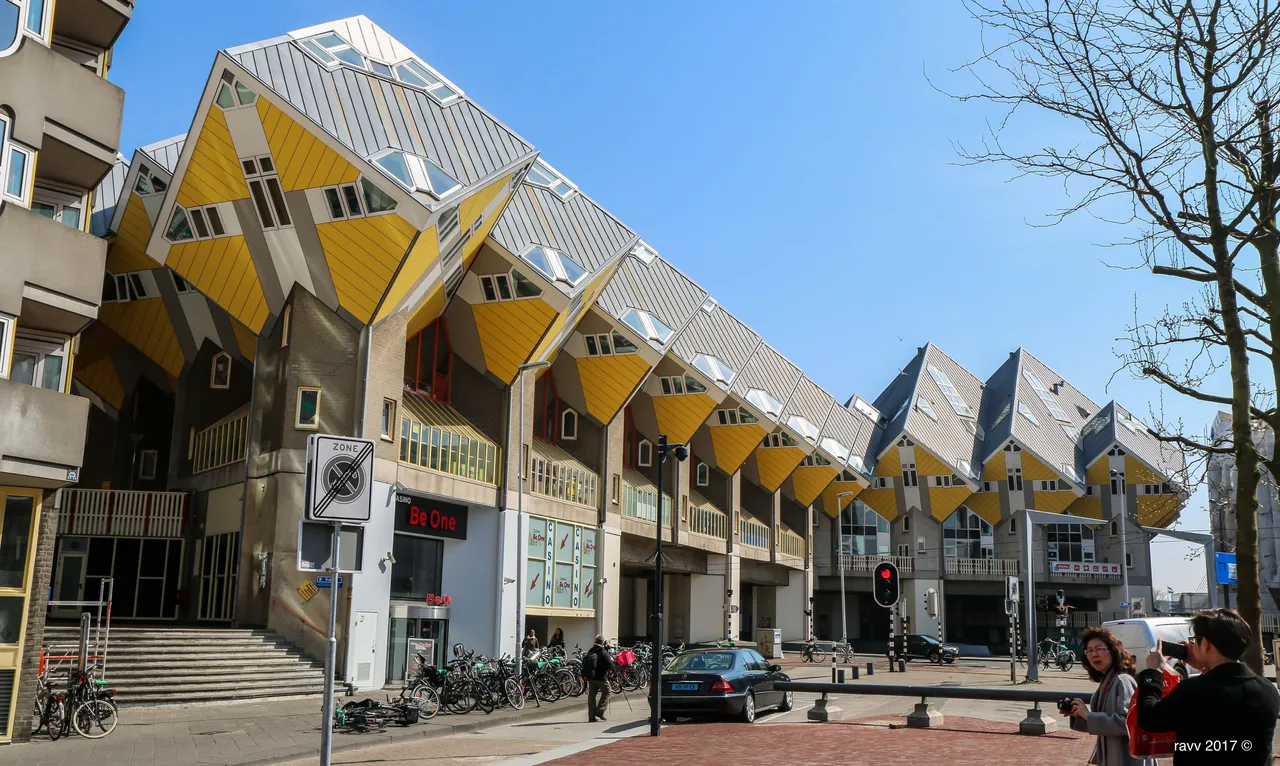

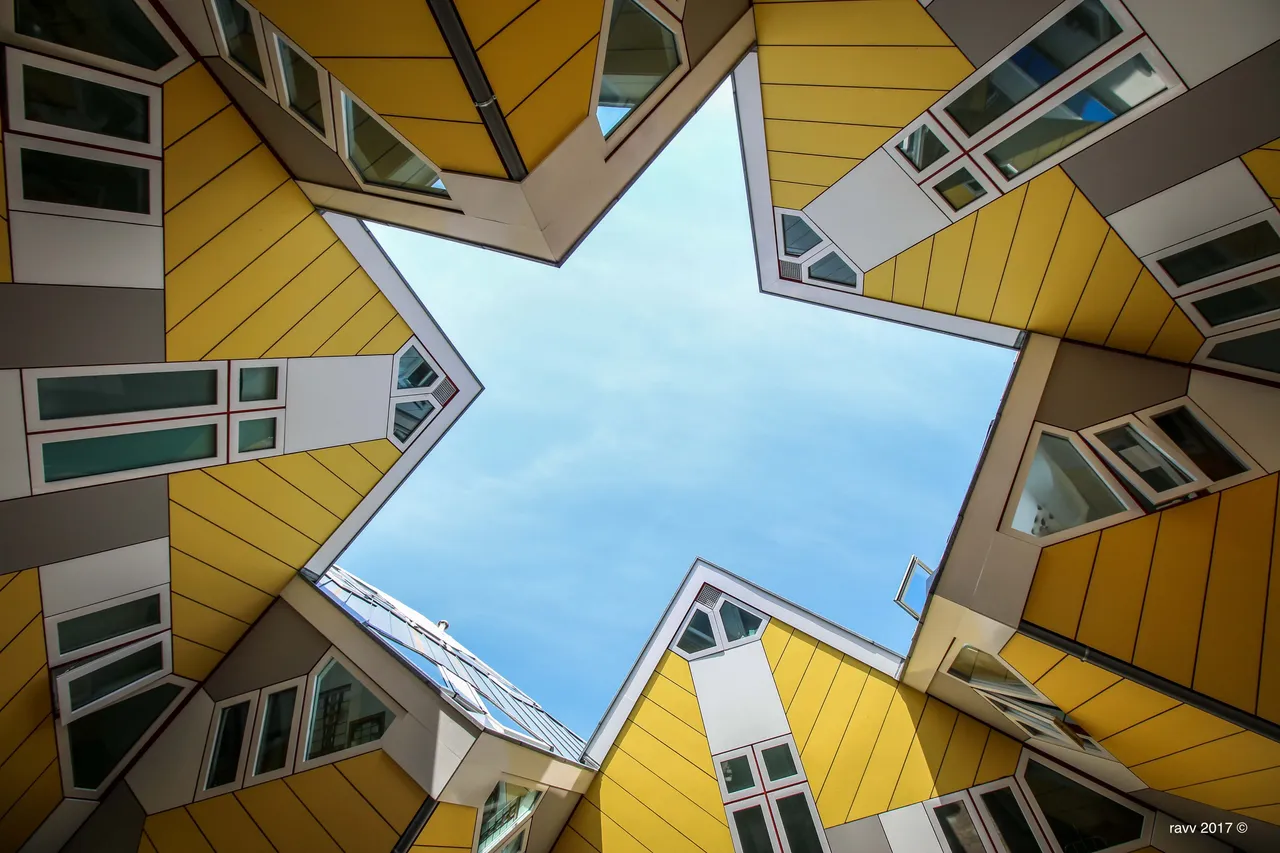
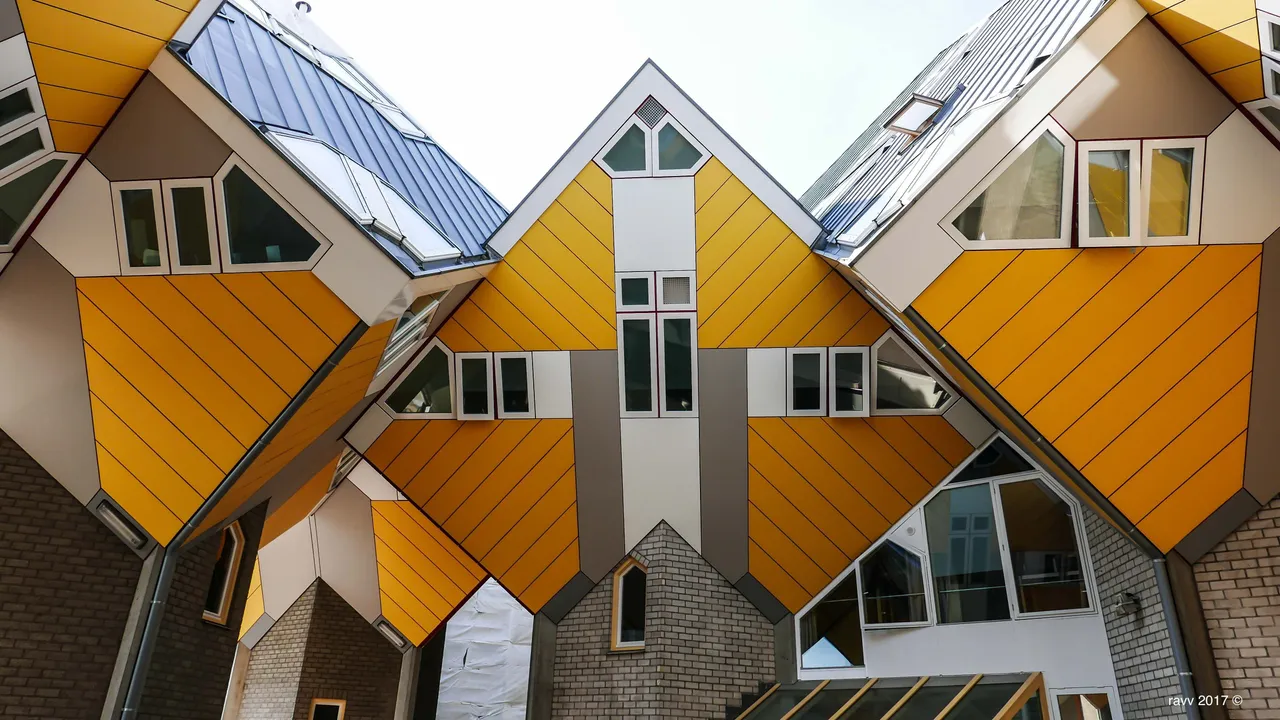
The Cube Houses were designed by a Dutch architect by the name Piet Blom. Even after 30 years from when the Cube Houses were first opened, they still remained to be one of the most unique and eye-catching architectures in Rotterdam. The Cube Houses lie at a 45-degree angle, optimising the space available for living. Each Cube House is divided into three levels accessible by stairs. It was unlike anything we have seen before.
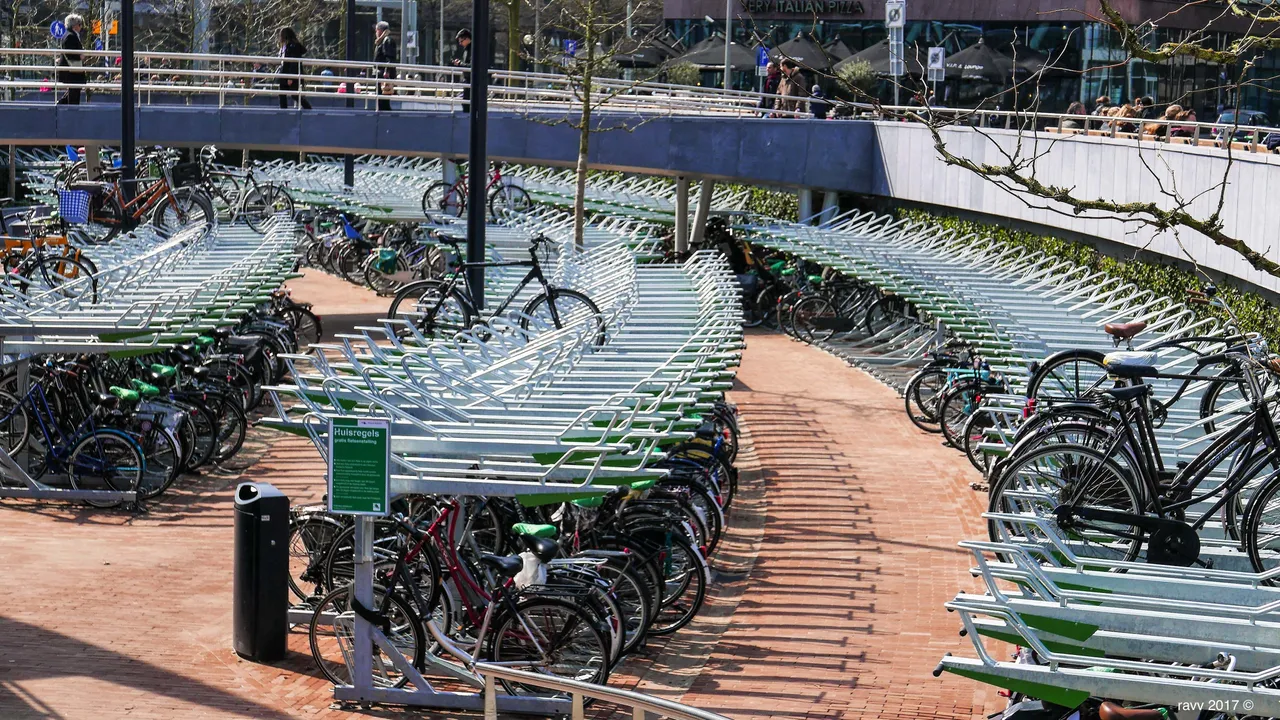
We spent the first day strolling around the inner-city area and returned to the hotel early to rest and prepare for the second day.
On the second day, we woke up early to make our way to see the Kinderdijk windmills which were granted UNESCO World Heritage status since 1997.
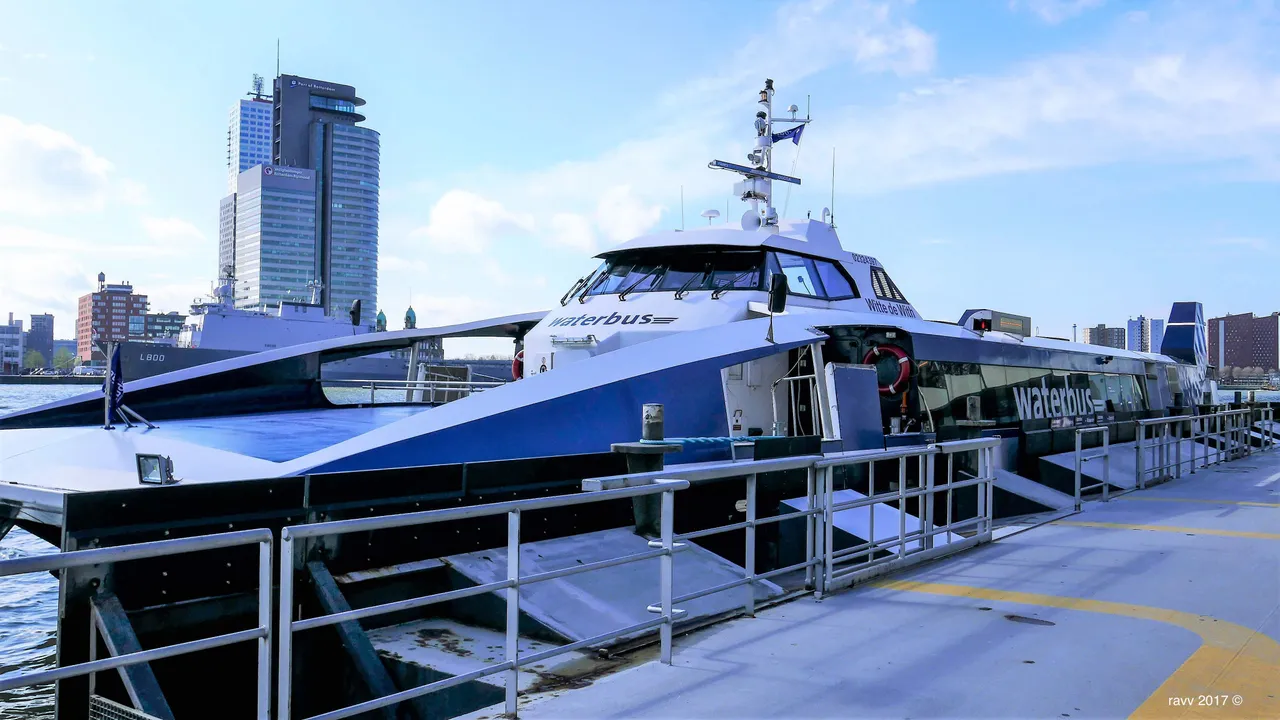
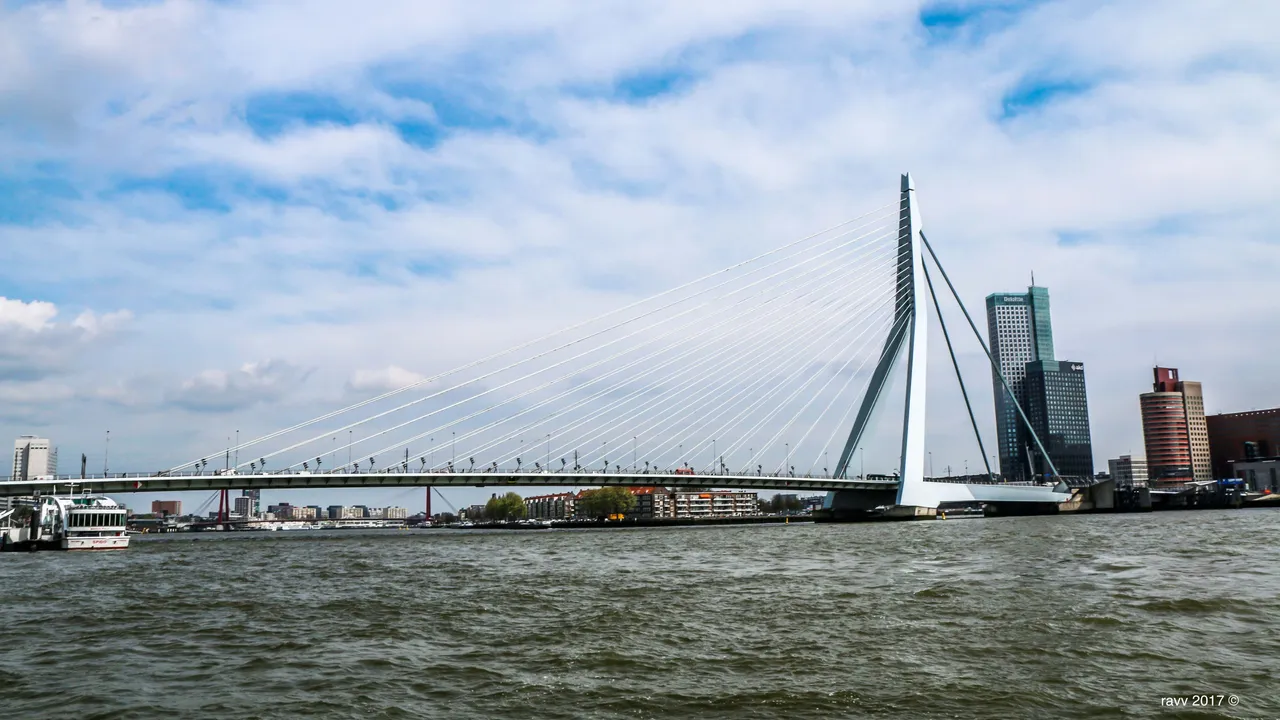
We took the Waterbus ferry to Kinderdijk from a platform near The Erasmus Bridge.
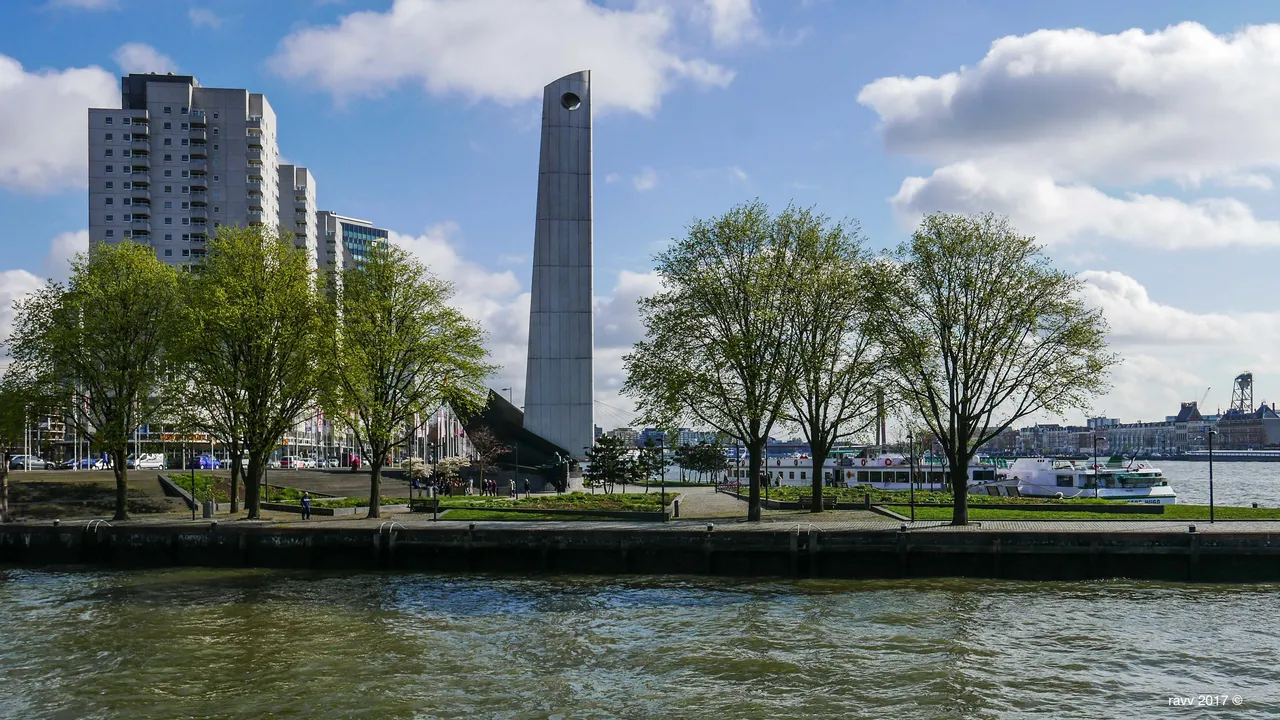

There were 19 original windmills left in Kinderdijk. As Rotterdam is surrounded by water and lied below sea level, it was constantly flooded. The windmills played a crucial role in transporting water from the fields into a reservoir.
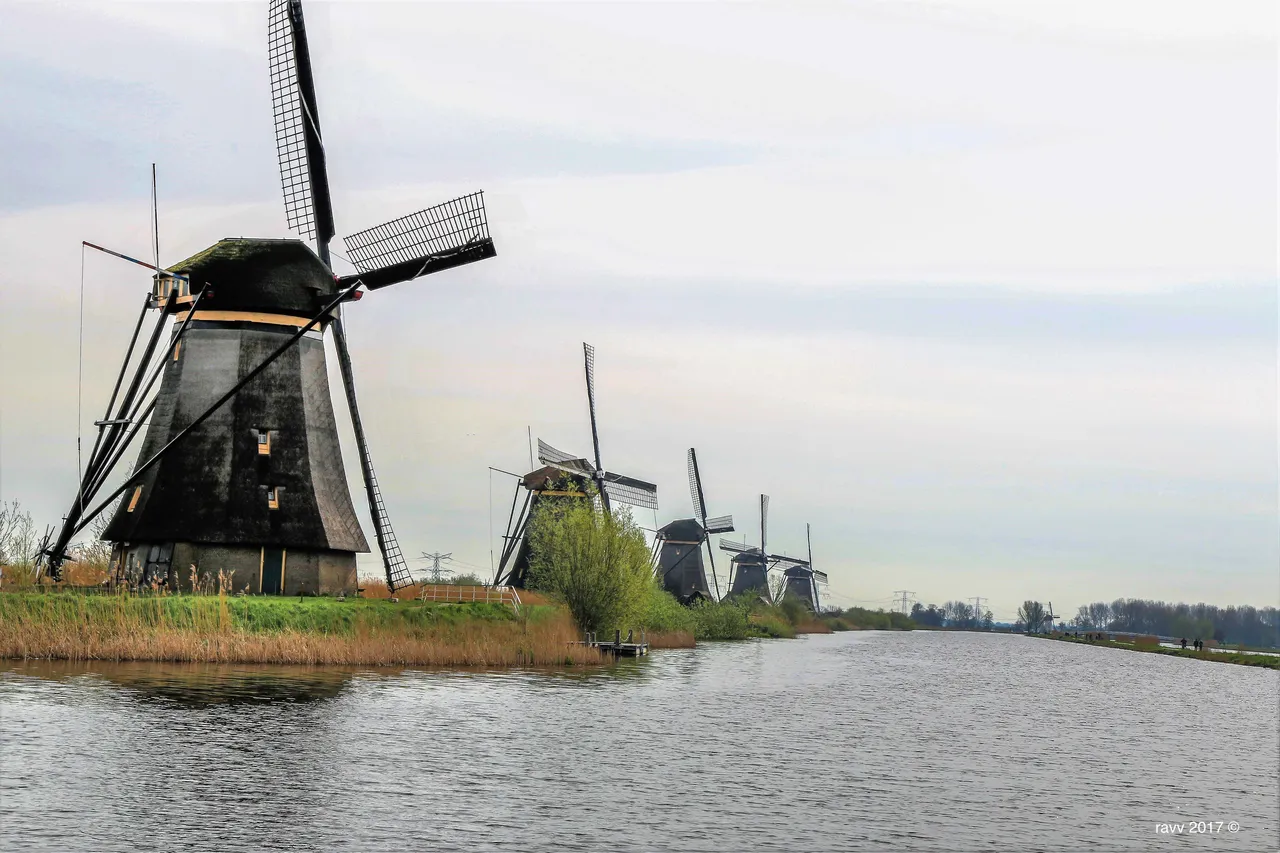
Today, these windmills had been replaced with automatic water pump.
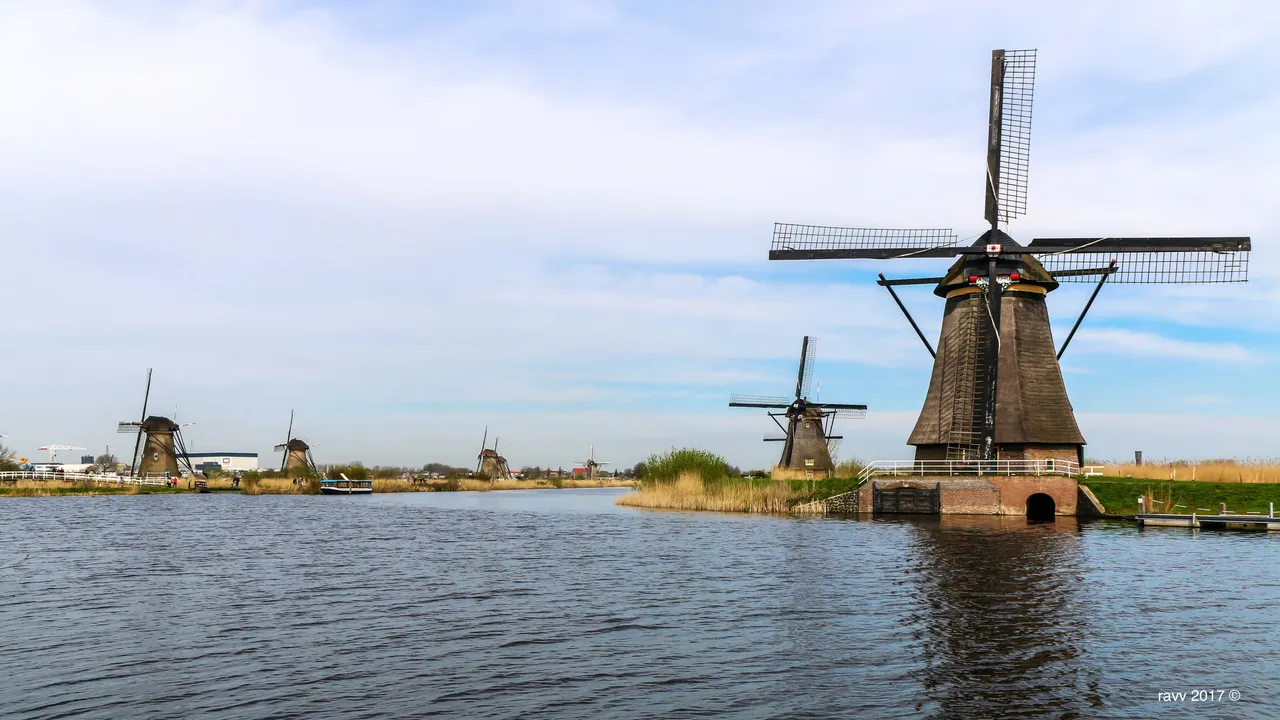
In addition to the windmills, there were many different species of birds, some of which are endangered species.
It was a perfect day spent on the classic Dutch countryside!
